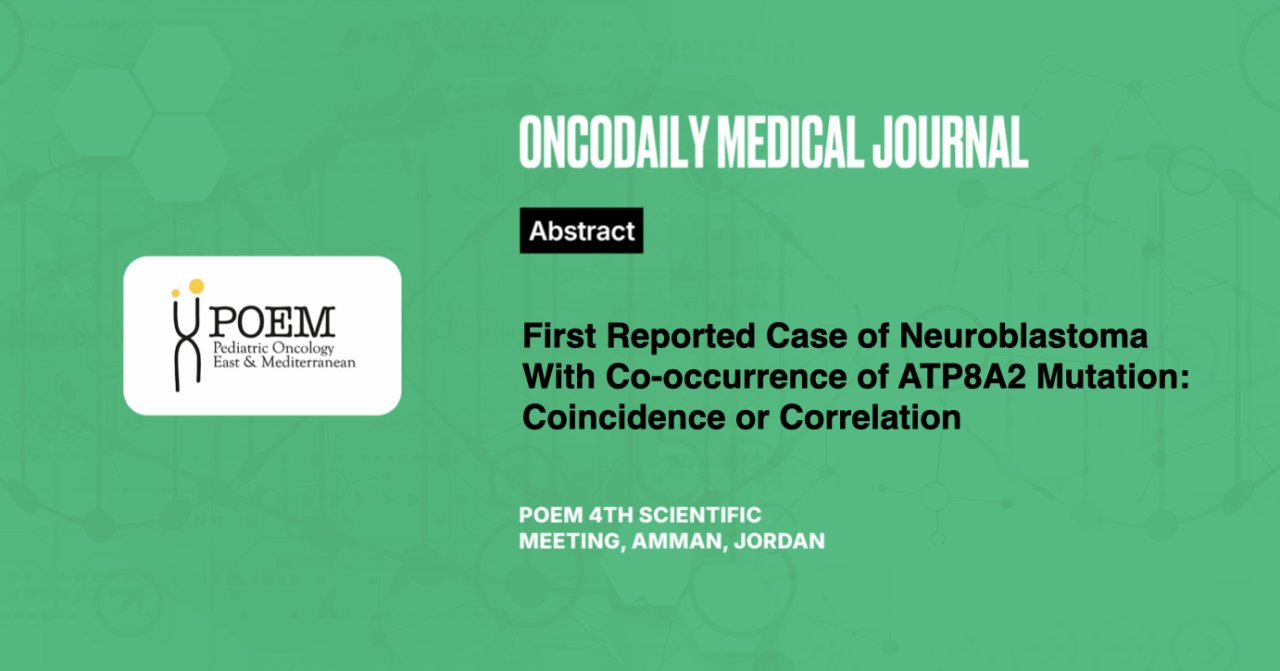First Reported Case of Neuroblastoma With Co-occurrence of ATP8A2 Mutation: Coincidence or Correlation
Abstract
Introduction: Disequilibrium Syndrome 4 (DQS4) with cerebellar ataxia is a rare neurodegenerative disorder linked to ATP8A2 gene mutations. Although there is no direct evidence connecting ATP8A2 mutations to neuroblastoma, lipid transport in cancer biology is an emerging area of interest, with ongoing studies exploring indirect associations. Further research is needed to assess whether ATP8A2 alterations directly contribute to neuroblastoma progression. To our best knowledge, this is the first reported case of an infant with DQS4 associated with neuroblastoma.
Case Presentation: A 7-month-old male genetically diagnosed with autosomal recessive cerebellar ataxia and DQS4, from a family with positive consanguinity. His parents are healthy, but all his siblings are affected. He presented with frequent fevers and a noticeable abdominal mass. An abdominal ultrasound revealed a left-sided renal mass. Clinical examination showed no distinctive facial features, but the infant lacked head support and had generalized hypotonia, a palpable abdominal mass, and was vitally stable yet hypertensive.
Initial Investigations: An abdominal CT scan showed a left-sided abdominal mass likely originating from the left kidney, mostly Wilm’s tumor. In line with the Umbrella protocol, chemotherapy and antihypertensives were initiated based on the radiological diagnosis. After neoadjuvant therapy, the mass remained stationary. A 24-hour urinary catecholamine test revealed elevated Normetanephrine levels, suggesting a suprarenal origin. A biopsy confirmed poorly differentiated neuroblastoma with favorable histology and no N-MYC amplification. A renal MRI indicated the tumor likely originated from the suprarenal area with kidney invasion.
The patient underwent a left-sided nephrectomy, followed by a whole-body MRI, ensuring a free survey body. Regular follow-ups were planned.
Conclusion: This case emphasizes the need for ongoing research to better understand the genetic mechanisms behind rare neurodegenerative diseases and their potential correlation with common cancers.





